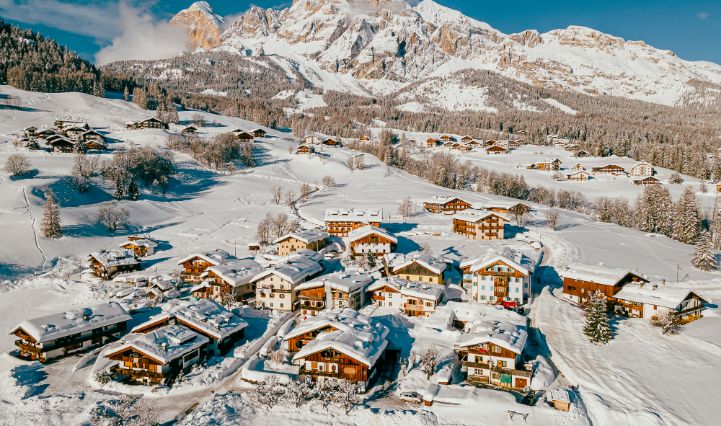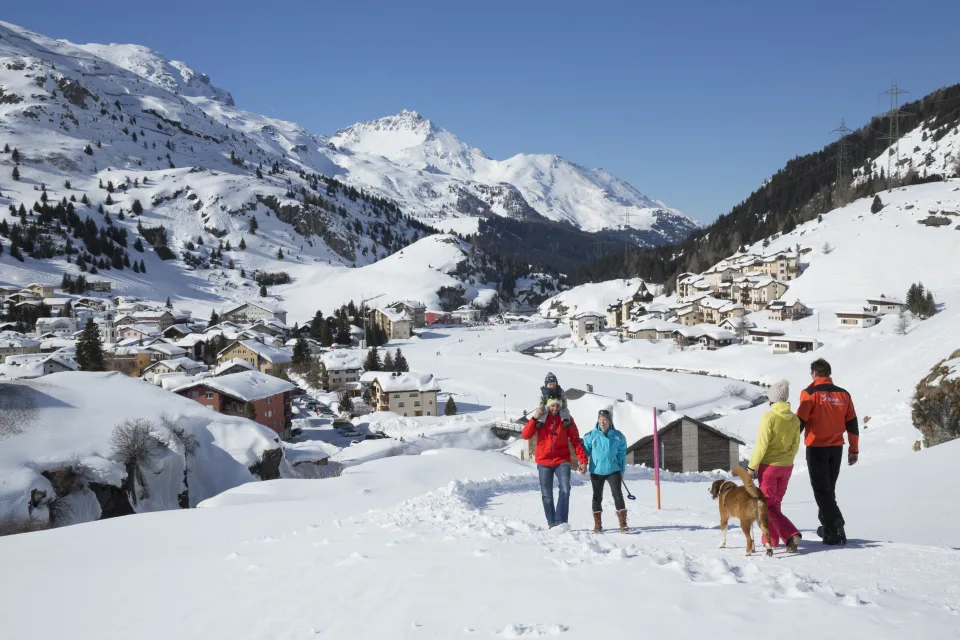
The rise of artificial snow is inexorable. In 2009 about a fifth of slopes in the French Alps were supplied by snow-machines. Today it is over half, and rising fast. In some resorts in America the artificial takeover is nearly total. According to International Ski Federation rules, it would now effectively be impossible to make competition-grade slopes without using artificial snow.
An article in 1843 magazine provides the following explanation of what artificial snow is:
Snow machines take water, mix it with compressed air and blast it into a mist of tiny droplets that freeze into hard balls of ice as they fall to the ground. Under a microscope, these look nothing like snow crystals. They’re just lumpen spheres crammed together like misshapen Maltesers. Snow machines have two big advantages beyond the obvious: creating snow when none is falling. First, artificial snow is about 50 times harder than the real stuff, which makes it far less likely to melt. Compared with a piste of natural snow, an artificial one will last up to five weeks longer when temperatures rise above zero. Second, the structure of artificial snow is uniform. The natural sort settles into packs with wildly different textures.
This different structure of artificial snow can have a negative impact on the mountain ecosystem.
And why is it sometimes too warm to make snow even when it is below freezing? the article continues:
What matters for snowmaking is the combination of air temperature and humidity, what’s known as “wet-bulb temperature”. Just as human bodies struggle to cool down on humid days, so snowflakes struggle to freeze in moist air. At a wet-bulb temperature of -8℃, which, for example, registers when the air temperature is -5℃ and the humidity a low 20%, it’s easy to make snow. But as the air’s cooling capacity declines, snowmakers have to compensate by pumping less water through the machines. The result is ruinous inefficiency. It takes three times as much energy – and three times longer – to make a cubic metre of snow at a wet-bulb reading of -4℃ as it does at -8℃. At -3℃, you’re using quadruple the energy you needed at -8℃ – though it’s technically possible to make snow, you’d really rather not. Above -2℃, forget about it. The water won’t freeze as it falls to the ground.
Even snow machines do not provide a complete solution for global warming. Human ingenuity is finding increasing numbers of ways to keep skiing viable, but at a cost.
Artificial snow is an environmental disaster. Typically a ski resort will use a billion litres of water in a season to produce artificial snow, with as much as 40% of the water lost through leakage, evaporation or because artificial flakes blow away from the piste they’re supposed to land on. Snowmaking also accounts for approximately 50% of the average American ski resort’s energy costs



